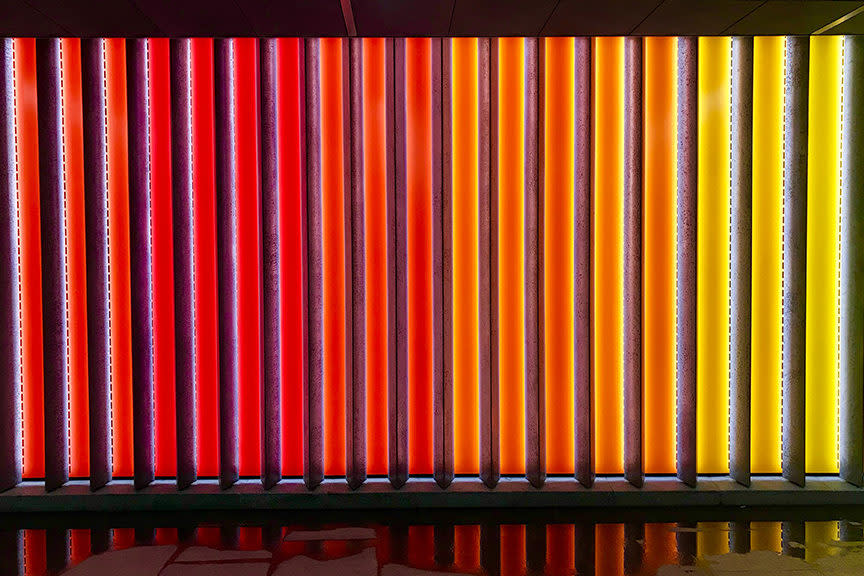Is Bipolar Actually a Spectrum Disorder?

One day you’re bouncing off the walls with energy, speaking a mile-a-minute, and doing the absolute most. The next, you can’t get out of bed…and stay there for a week. This is the typical bipolar experience, right?
Maybe on screen. But in real life, most people with bipolar aren’t swinging from one dramatic extreme to the other. In fact, some may never even reach the stereotypical high-high or low-low at all, says Anandhi Narasimhan, M.D., a clinical psychiatrist and neurologist in Los Angeles.
That’s why, according to Dr. Narasimhan—and the American Psychological Association—bipolar is increasingly being recognized more as a bipolar spectrum disorder, representing a powerful shift in how the condition is both viewed and treated.
Bipolar’s Spectrum of Shades of Symptoms
Let’s start at the beginning. First, there isn’t one type of bipolar disorder—there are four, and each features a unique mix of symptoms. When people think of bipolar, they’re often thinking of bipolar I, with episodes of mania (high-high) and depression (low-low). But there’s also bipolar II, where you have the depression but never get to full mania—instead, you get close, in a state called hypomania.
The third type of bipolar is cyclothymic disorder, with milder forms of both depression and mania and symptoms that tend to be intermittent. The fourth is called unspecified bipolar disorder, when you don’t meet criteria for the other three types but still have periods of unstable moods.
While you can’t have more than one type at the same time, you can shift types over your lifetime, although it’s not common.
The Vast Bipolar Spectrum Between Depression and Mania
It’s true that, in certain types of bipolar, there are indeed hard swing from depression to full-blown mania. But many people with bipolar—particularly those on a suitable medication regimen—live in the middle of the spectrum.
They have jobs, relationships, kids, and hobbies, but instead of long-jumping from one mood state to the other, they baby-step up and down. (While there isn’t data to specify how prevalent this experience is, doctors anecdotally report it’s fairly common.)
GOTTA READ: 5 Physical Signs of Anxiety You’d Never Suspect
Bipolar Spectrum Disorder Blends
There’s another way bipolar sits on a spectrum: mixed moods during the same episode, estimated to occur in 20 to 40 percent of people with bipolar. For example, says Dr. Narasimhan, you can display manic tendencies while still feeling low motivation and social withdrawal.
Or you don’t show up for work due to depression, but spend the day enthusiastically online-shopping or sending raunchy messages to potential Hinge hookups. (Hypersexuality is very common in manic episodes, says Dr. Narsimhan, as is low impulse control, making those hookups more likely.)
This is one reason why taking only antidepressants to treat bipolar disorder sometimes backfires, says Ami Baxi, M.D., a psychiatrist at Northwell Health in New York City. Because as depressive symptoms lift, manic ones can slide in without the help of an additional mood stabilizer medication, such as lithium or carbamazepine.
Managing the Middle of the Bipolar Spectrum
So what does this all mean if you have bipolar disorder? Make sure others in your life know your baseline mood, so they can help identify when you’re swinging one way or the other.
GOTTA READ: 3 Reasons to Never Quit Your Bipolar Meds—and 3 to Consider It
“Because these moods are on a spectrum that you yourself might not see, it’s helpful to have a friend or family member check in with you, especially if there’s stress or changes in your sleeping,” Dr. Baxi says. “The goal with treatment is stability, but that term is unique to each person.”
The post Is Bipolar Actually a Spectrum Disorder? appeared first on Mental.
